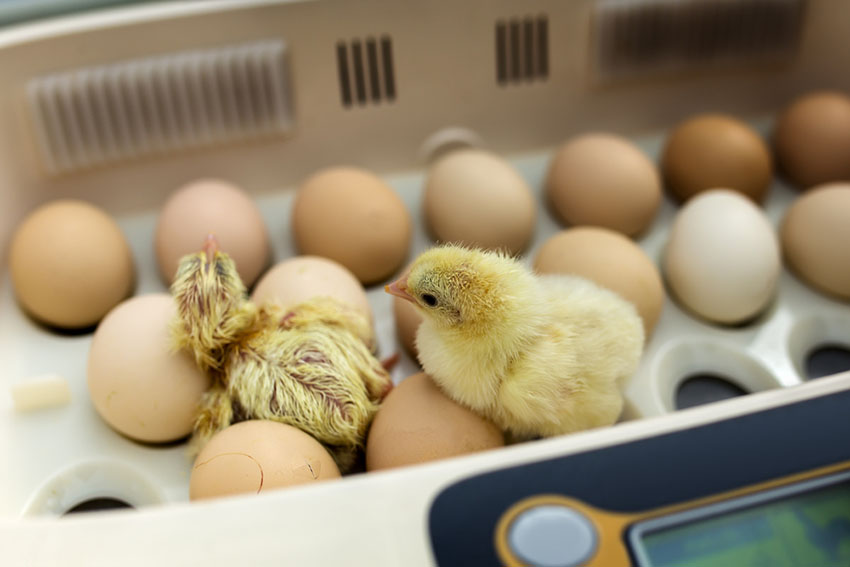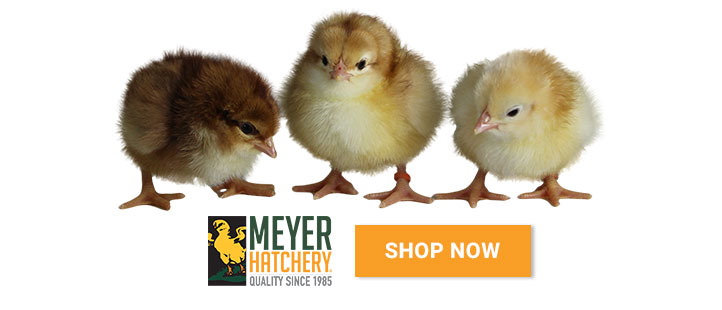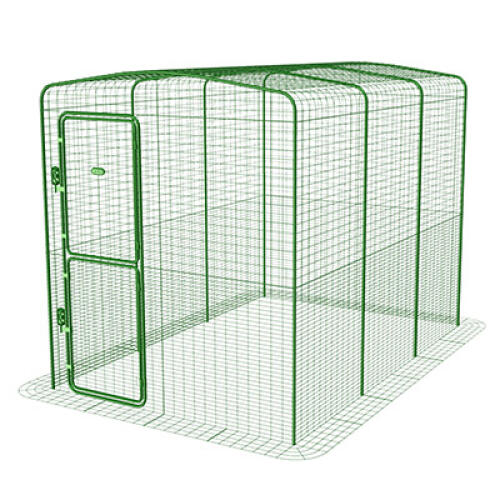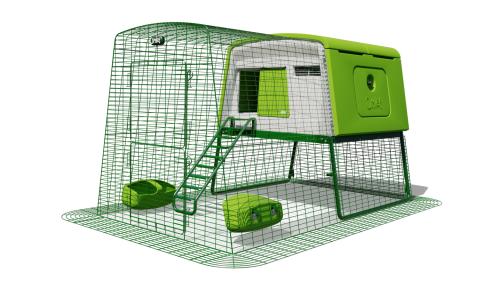Many breeders find it easier to use an incubator, in spite of the added expense. Although reliable in theory, the incubator requires your expertise – you need to get the temperature and other settings correct, and other members of the household need to know how the system works; or, at the very least, they need to leave the settings alone and not lift the lid (or flick the off switch at night!) The incubator should also be out of reach of inquisitive (or clumsy) children and pets.

Eggs in an incubator
A disaster such as a power cut can cause real problems. If possible, check for any scheduled outages when thinking of bringing eggs to an incubator – it may be possible to get yourself added to a list of “people to be notified” in the event of a scheduled outages.
When buying an incubator, decide how "hands off" you want to be with the whole process. The top range models can be set to the correct temperature, etc, and then pretty much left alone for the next three weeks. Very basic incubators, on the other hand, are more manual and will require you to turn the eggs and adjust the settings throughout the process.
If you are opting for small-scale incubating using the basic, manual model, you could consider building it yourself. All you need is a plywood or Styrofoam box with an egg tray or two inserted, a water reservoir at the base, and a thermometer and hygrometer (the latter for measuring humidity). You can even use an old refrigerator.








Comments
There are no comments just yet